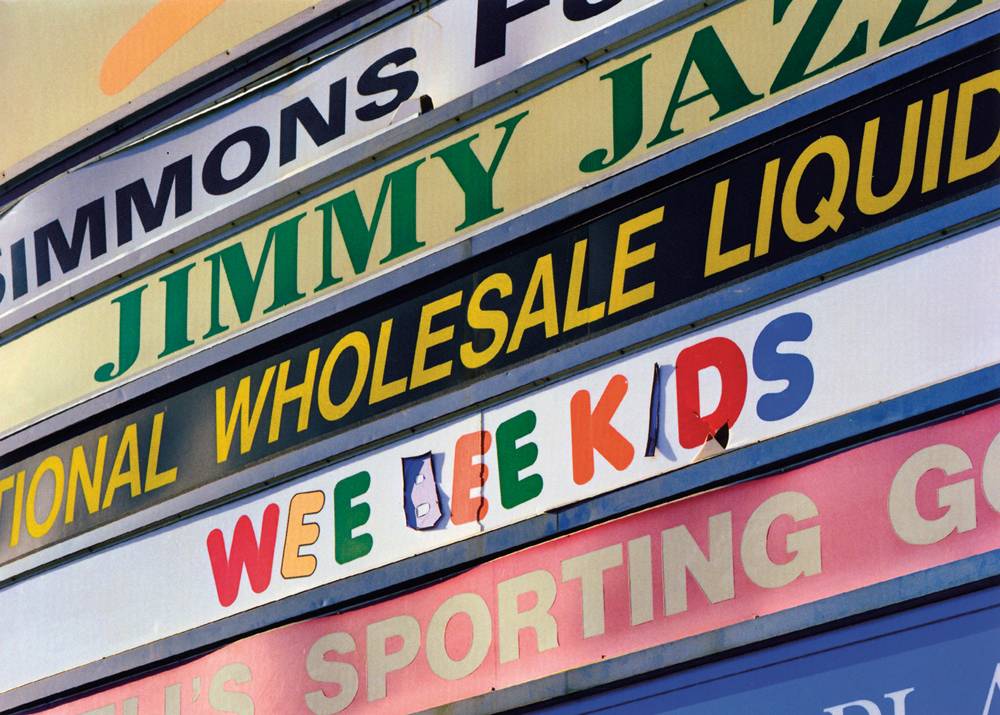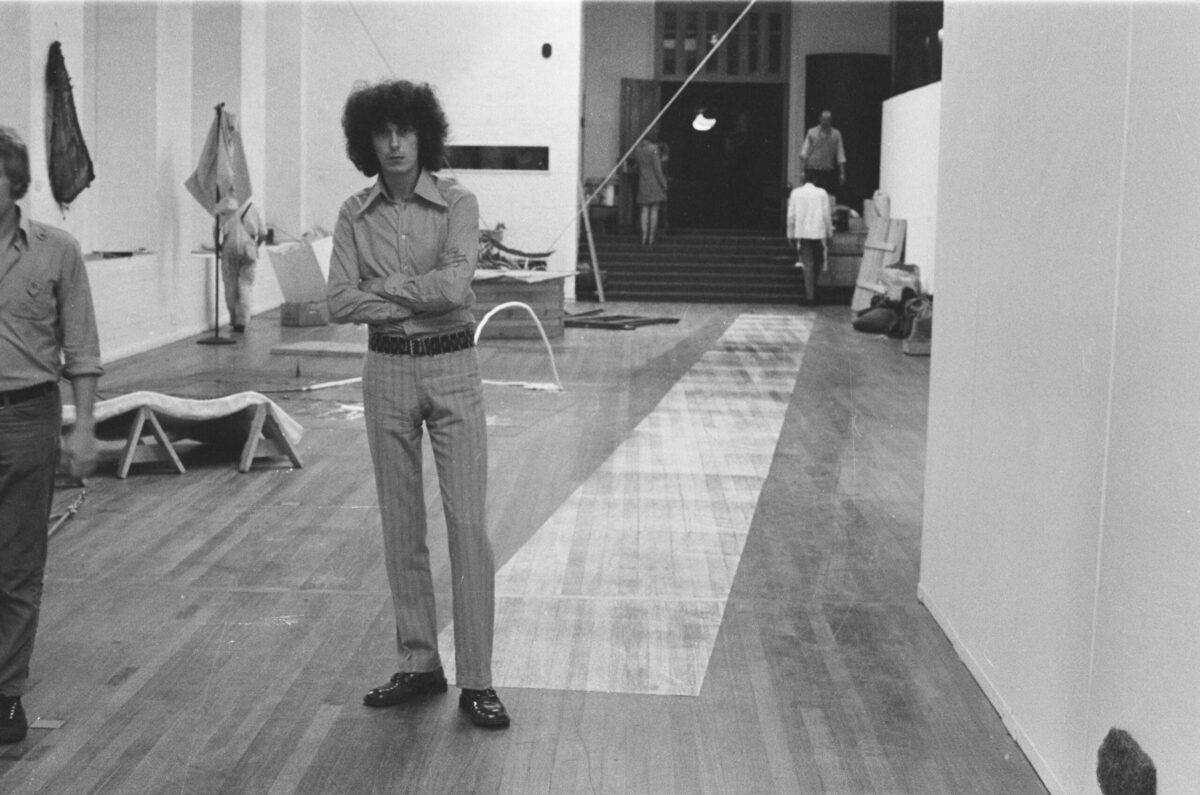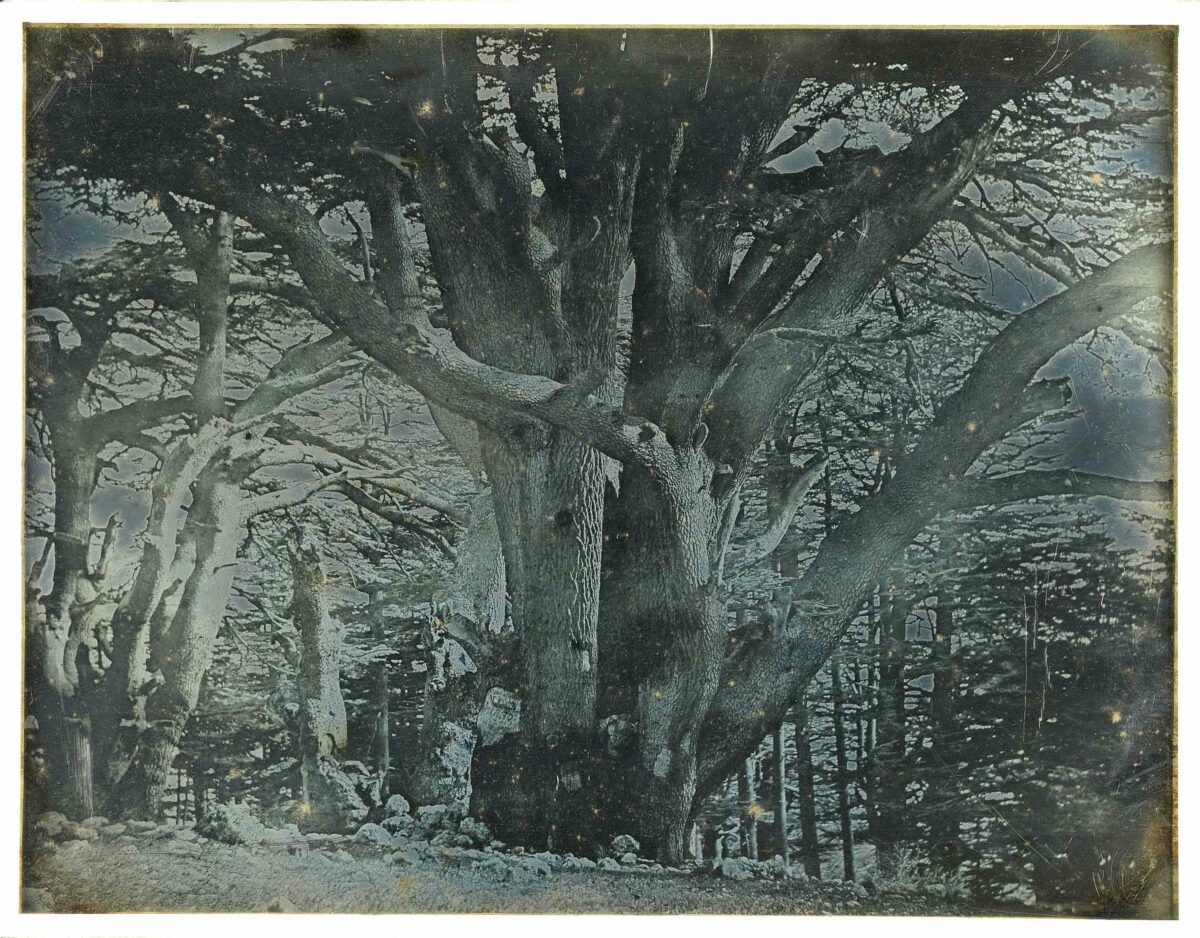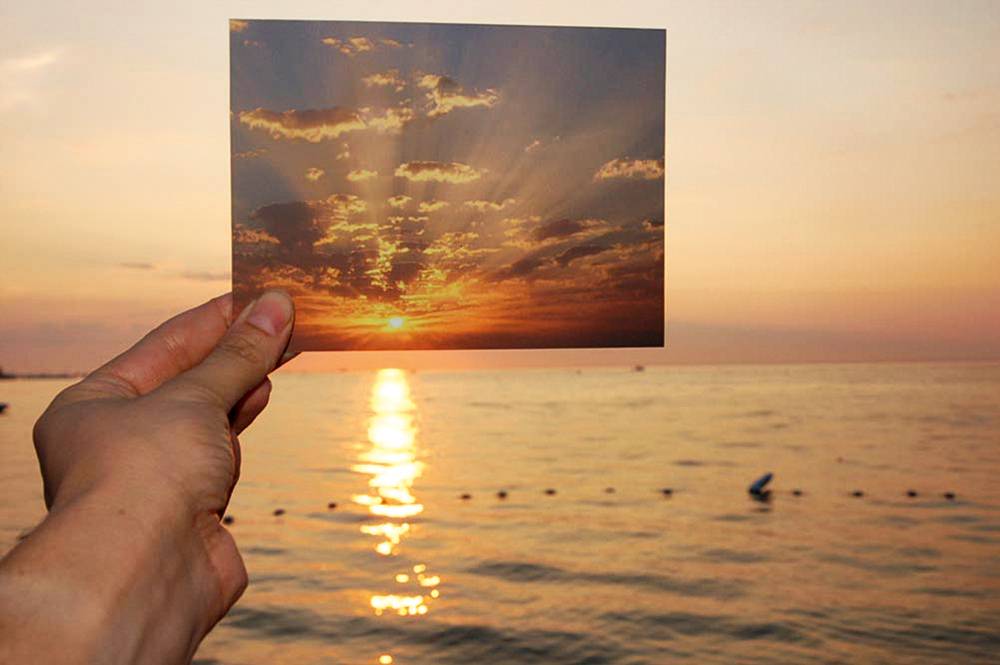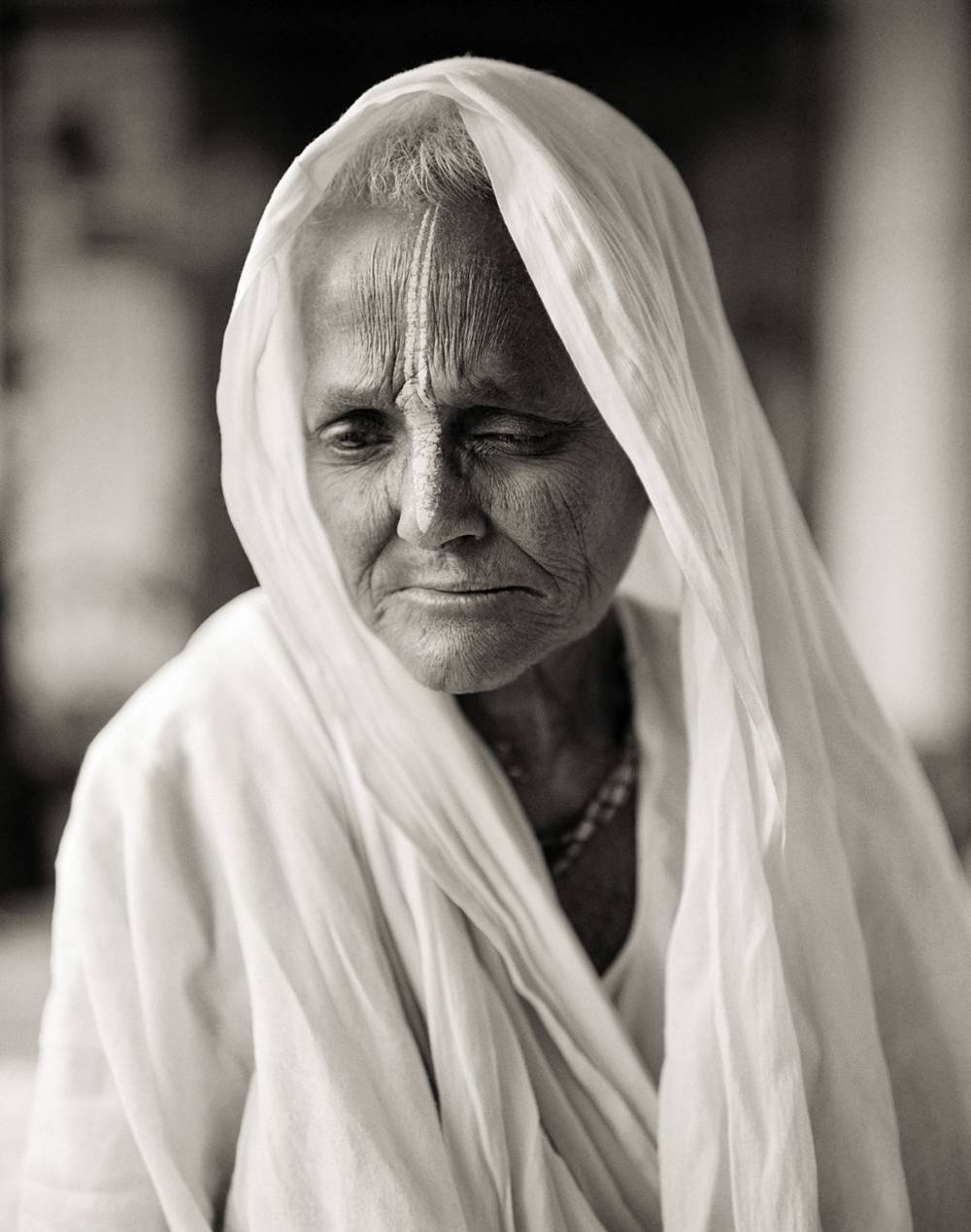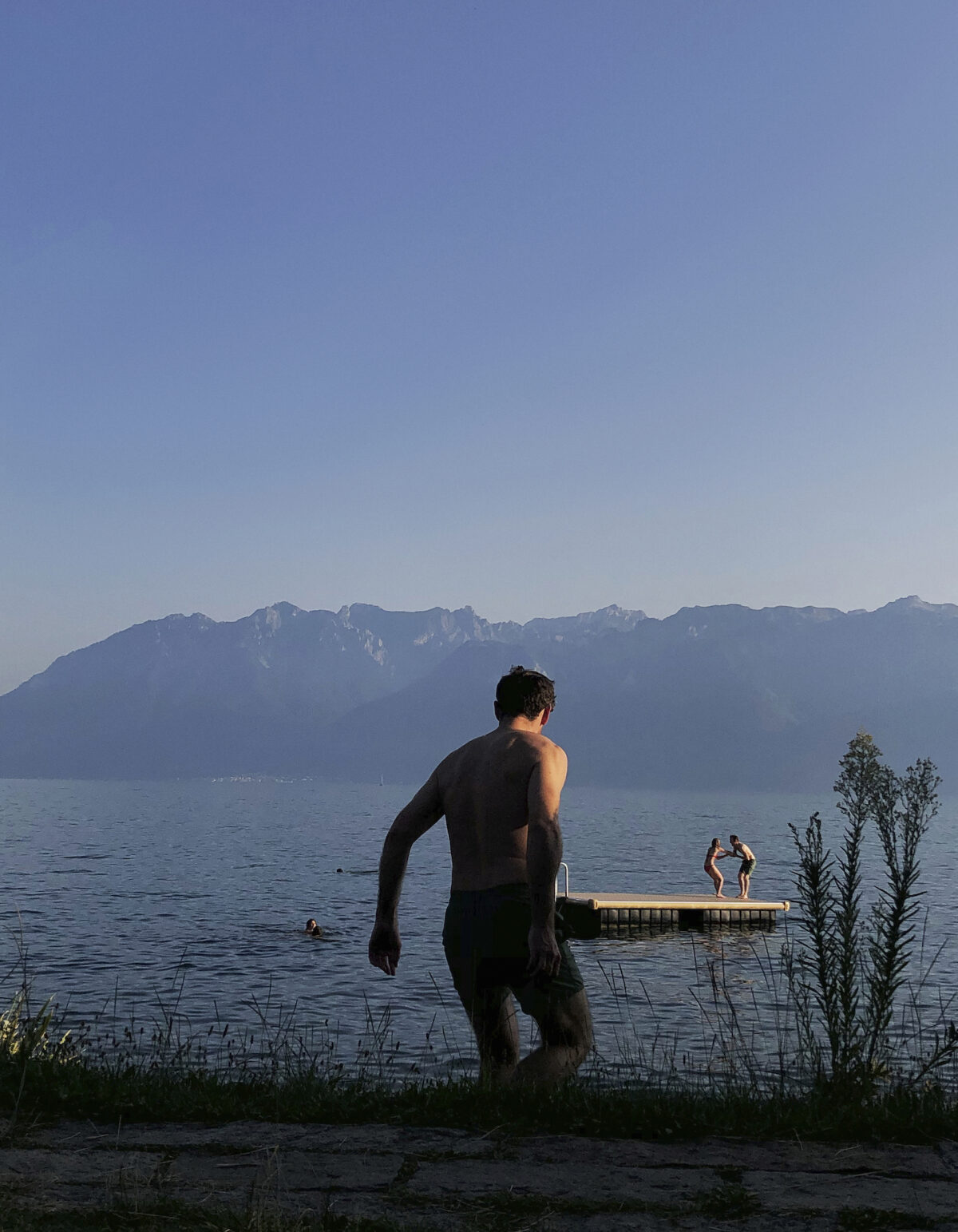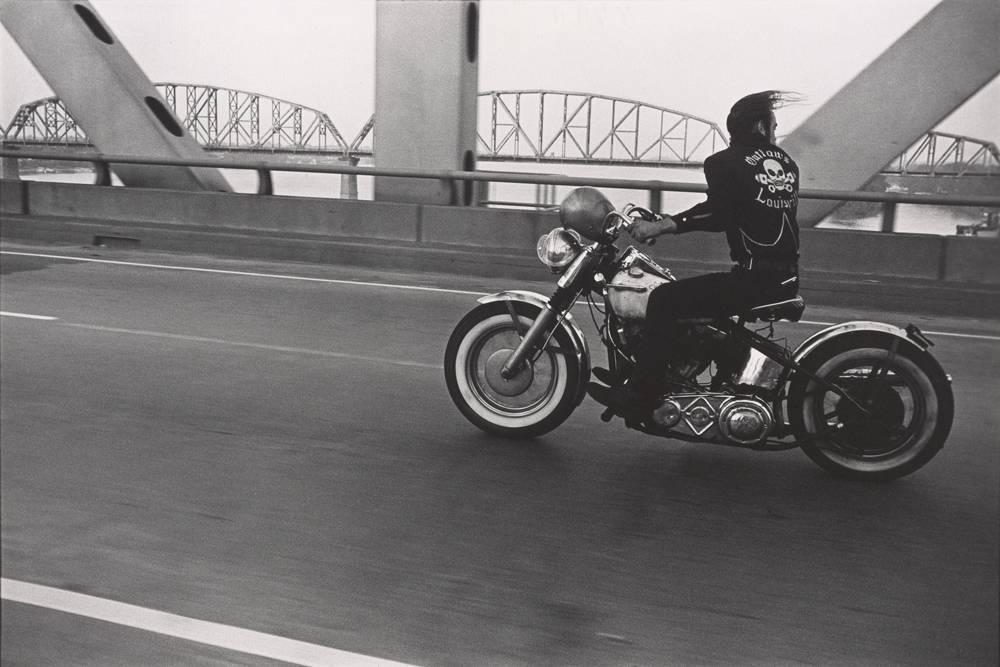Two of my favorite recent books are all about the impact of the double-page spread. Stephen Shames’s Bronx Boys (University of Texas Press) and Jesus, Make-up and Football by the Belgian photographer Frederik Buyckx (Lannoo) were made by photographers who immersed themselves in vivid, often violent environments – New York’s meanest streets, Rio de Janeiro’s “pacified” favelas – and came back with pictures that have the authenticity, immediacy, and serrated edge of cinema verité. Stretched across two pages, their images give crowed rooms and circumscribed lives wide-screen scope. Shames’s Bronx project started in 1977 with an assignment from Look magazine and continued for more than 20 years with regular and occasionally extended visits with the kids he‘d come to think of as family (two of them contribute autobiographical accounts to the book). That connection – a mix of affection and anxiety – gives the work a complicated tension that takes it well beyond conventional photojournalism. “I’m not here, just be you,” he told his subjects, and that fly-on-the-wall approach yields some astonishing pictures of what Shames describes as an “urban moonscape of quick pleasures and false hope.” There’s love among the ruins, and plenty of rough-housing camaraderie, but this is the real hard-knock life in all its gritty detail: drugs, guns, beat-downs. Bruce Davidson’s brilliant East 100th Street (1970) provided an early model for the engaged photographer, but Shames’s work is considerably more kinetic, with an insider’s intimacy that’s closer to Larry Clark, Danny Lyon, and the Luis Buñuel of Los Olvidados. All this is conveyed in a terrific series of black-and-white photographs that, even when they get swallowed up by the gutter, have a remarkable balance of compression and sprawl.
Buyckx achieves a similar effect in hot-house color with his book on Rio‘s famously volatile slums. Shot in the run-up to the 2014 World Cup, when a police crackdown on drug gangs made a few favelas temporarily less dangerous, his pictures are at once sensational and matter-of-fact. Though rarely without a flurry of activity or a gaggle of people in the frame, the work always feels effortlessly composed, often resolving into a frieze of figures, both in and out of focus. The cover image, of a bare-chested, dark-skinned man with deep scars on his torso and a child’s photograph in a heart-shaped locket around his neck, sets a macho tone. But if tough guys appear to rule this overwhelmingly sensual world, women have an equally strong presence, and they help ground the book in family and community, however fleeting or ad hoc. The book’s design is frustrating, folding nearly all the spreads rather than displaying them open across two pages, but Buyckx’s photographs survive the subversion and deliver one knockout after another.
Speaking of design, two slim new picture books are my idea of perfection. Dirk Braeckman’s Sisyphe (Le Bal/Xavier Barral) consists of a series of badly re-photographed ‘70s porn shots that are repeated, fragmented, dark, and difficult to read. Reproduced on pages with a gloss that recalls vintage erotica and discarded press photos, the work is as sleazy as it is elegant – a Warhol seen through a Times Square peephole just before it snaps shut. Anthony Hernandez’s L.A., 1971 (Silas Finch), with only 12 black-and-white pictures between aluminum covers, is similarly pared down. One day in 1971, Hernandez caught the customers of an L.A. cocktail lounge as they exited through its doors and into the sun. As portraits in passing, they recall Walker Evans and Garry Winogrand: a succession of types, caught unawares, and not always so happy about it. It could be the opening sequence of a David Lynch noir-on-noir remake of The Big Sleep.



